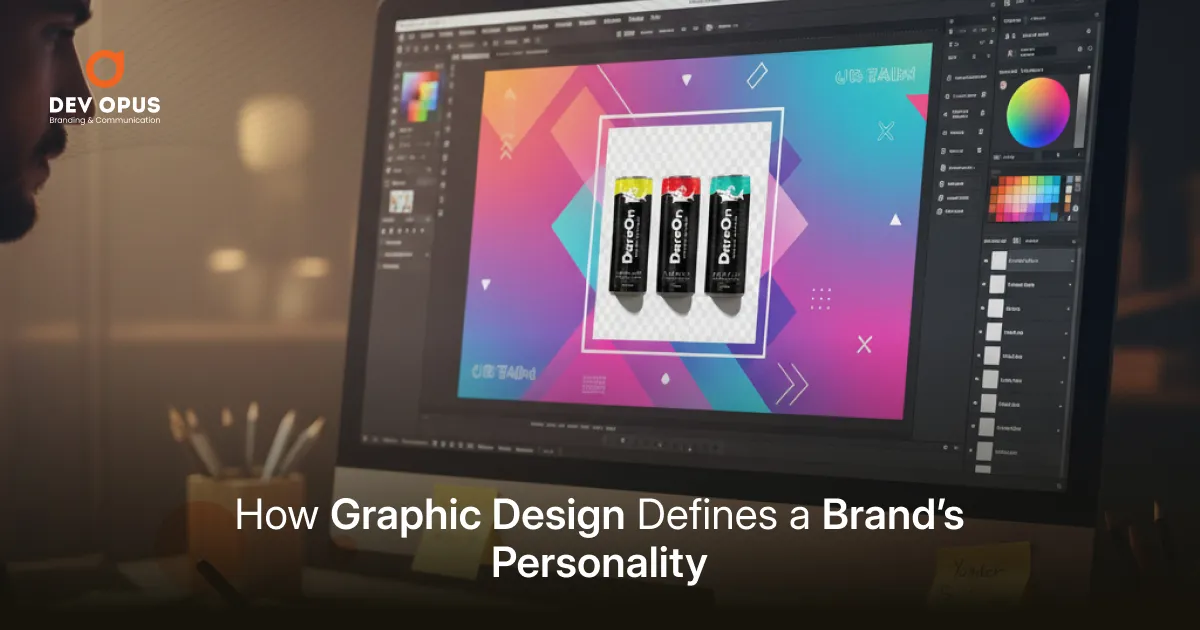A brand style guide is a document that outlines the visual and messaging elements of a brand, such as logo, color palette, typography, tone of voice, and more. It serves as a reference for anyone working with the brand to ensure consistency and cohesiveness in all brand communication. Here are some tips and best practices for creating a brand style guide:
Before creating a brand style guide, ensure that your brand identity is well-defined. This includes your mission, vision, values, and unique selling proposition.
A brand style guide should include all visual and messaging elements of your brand. This includes your logo, color palette, typography, imagery, tone of voice, and any other brand assets.
Once the brand style guide is complete, communicate it to all relevant stakeholders, including employees, vendors, and partners. Ensure that everyone who works with your brand has access to the guide and understands how to use it.
By following these tips and best practices, you can create a comprehensive and effective brand style guide that will help ensure consistency and cohesiveness in all brand communication.
Develop a consistent visual identity that reflects your brand’s personality and values. This includes choosing colours, typography, and design elements that will be used across all communication channels.



















